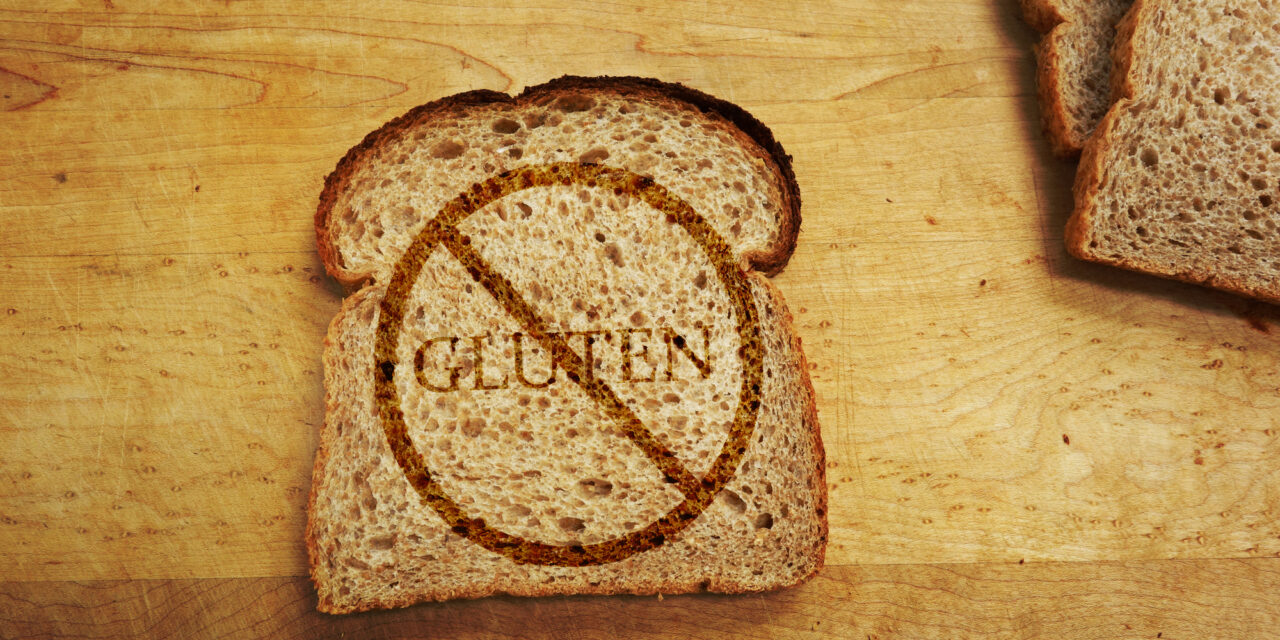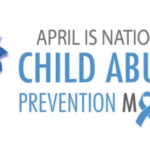The gluten-free movement has taken off, which is clear by the number of gluten-free options now widely available from retailers, large and small. Many individuals avoid gluten as part of weight loss regimens. However, for people who suffer from Celiac disease, avoiding gluten is a necessity. These people must steer clear of gluten at all costs or risk serious illness.
What is Celiac disease? The Celiac Disease Foundation (CDF) says Celiac disease is a serious autoimmune disease that causes damage in the small intestine when gluten is ingested. The foundation estimates that Celiac disease affects around one in every 100 people worldwide, although many people do not know they have it.
When gluten is consumed, the immune system mounts an attack on the small intestines, particularly the villi, which are small, finger-like projections that facilitate nutrient absorption. The condition is hereditary, so if one person in a family has Celiac disease, there is a heightened risk for others to develop it.
Symptoms. According to the Mayo Clinic, Celiac disease symptoms can include diarrhea, fatigue, weight loss, bloating, and anemia. In children, malabsorption can affect growth and development in addition to the other symptoms that affect adults. The CDF says people with Celiac disease have a two-times greater risk of developing small bowel cancers and coronary artery disease than those without the disease. Untreated Celiac disease also may lead to additional autoimmune conditions like type 1 diabetes and multiple sclerosis, and many other conditions, including the blistering skin disease dermatitis herpetiformis.
Testing and diagnosis. Doctors use two blood tests to help diagnose Celiac disease. Serology testing looks for antibodies in the blood. Elevated levels of certain proteins indicate an immune reaction to gluten. Genetic testing is another way to determine if a person has Celiac disease. Such testing looks for human leukocyte antigens to help rule out Celiac disease.
It is essential that Celiac disease is diagnosed before gluten is eliminated from one’s diet; otherwise, tests may produce false negative results.
Celiac disease treatment. Celiac disease has no cure. Managing the disease includes avoiding foods that contain gluten. The Mayo Clinic says wheat, barley, bulgur, durum, farina, graham flour, malt, rye, semolina, spelt, and triticale can contain gluten. Certain prepared foods may have gluten without a person realizing it. Even trace amounts of gluten can produce injury if symptoms are not present. Gluten may be in food stabilizers, lipstick, herbs, medications, and even envelope glue.
For the very sensitive, cross-contamination can produce various symptoms. It’s important to read product labels to see if products are produced in facilities that also handle gluten-containing ingredients. Utensils and cooking implements should be washed thoroughly between uses to prevent gluten from getting into the foods enjoyed by those with Celiac disease.
Celiac disease affects millions of people globally. It can damage the small intestines irreparably if the condition is not diagnosed promptly and items containing gluten are not eliminated from one’s diet.
If you would like to connect with other Western New Yorkers who have Celiac disease, visit https://www.buffaloglutenfree.org.












